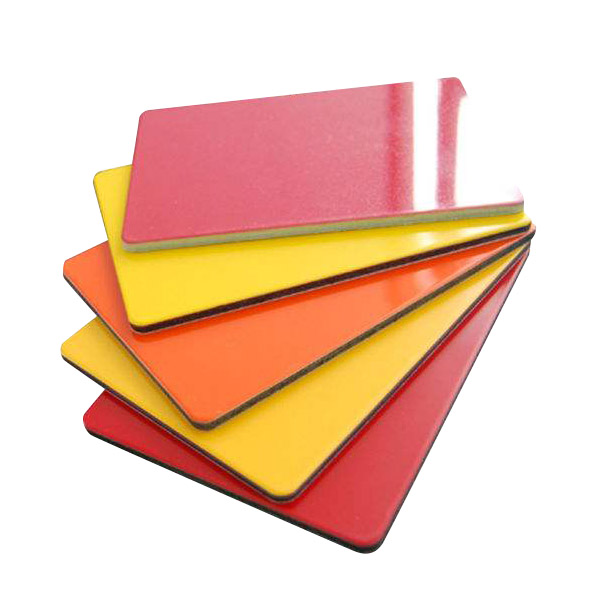Weathering the Elements: Unveiling the Specific Advantages of PE Coating in Aluminum Composite Panels
2024-01-31
Introduction:
In the world of architecture, where structures stand as testaments to endurance and aesthetics, the choice of materials becomes paramount. Aluminum Composite Panels (ACP) have emerged as a versatile solution, and among the various coating options available, Polyethylene (PE) coating stands out for its exceptional weather resistance. In this blog post, we delve into the specific advantages that PE coating brings to the table, safeguarding structures against the relentless forces of nature.
1. UV Radiation Barrier:
One of the standout features of PE-coated Aluminum Composite Panels is their ability to form a robust barrier against ultraviolet (UV) radiation. PE coating acts as a shield, preventing UV rays from penetrating the panels. This is crucial in preserving the vibrant colors and overall aesthetics of the panels over time, even in sun-drenched environments.
2. Color Retention:
PE coating excels in maintaining the original color of the panels, resisting the gradual fading that often occurs due to prolonged exposure to sunlight. The molecular structure of Polyethylene contributes to the stability of colors, ensuring that the architectural beauty of structures remains intact for extended periods.
3. Resistance to Harsh Weather Conditions:
From torrential rain to scorching heat, PE-coated ACPs stand resilient. The weather-resistant properties of PE coating make it an ideal choice for both interior and exterior applications, protecting structures against the impact of diverse weather conditions.
4. Flexibility in Temperature Extremes:
PE-coated panels exhibit impressive flexibility across a range of temperatures. Whether faced with freezing cold or sweltering heat, PE coating remains pliable, preventing cracks or deformities in the panels. This adaptability ensures the structural integrity of the ACPs in various climates.
5. Water Resistance:
PE coating acts as a water-resistant barrier, preventing moisture from seeping into the core of the panels. This not only protects the structural integrity of the ACP but also inhibits the growth of mold or mildew, contributing to a healthier and longer-lasting structure.
6. Durability in Coastal Environments:
Structures in coastal areas often face the challenges of salty air and high humidity. PE-coated ACPs, with their robust weather resistance, prove to be durable even in these corrosive environments, making them a suitable choice for seaside applications.
7. Low Maintenance Requirements:
The weather-resistant properties of PE-coated ACPs translate into low maintenance requirements. The panels are less susceptible to wear and degradation due to weather exposure, reducing the need for frequent cleaning or repairs.
Conclusion:
In the relentless battle against the elements, PE coating emerges as a champion for Aluminum Composite Panels. Its unique combination of UV resistance, color retention, and adaptability to various weather conditions makes PE-coated ACPs a preferred choice for architects, builders, and designers aiming to create structures that not only withstand the test of time but also maintain their aesthetic allure in the face of nature's forces. The specific advantages of PE coating in terms of weather resistance contribute significantly to the enduring beauty and functionality of architectural masterpieces.



